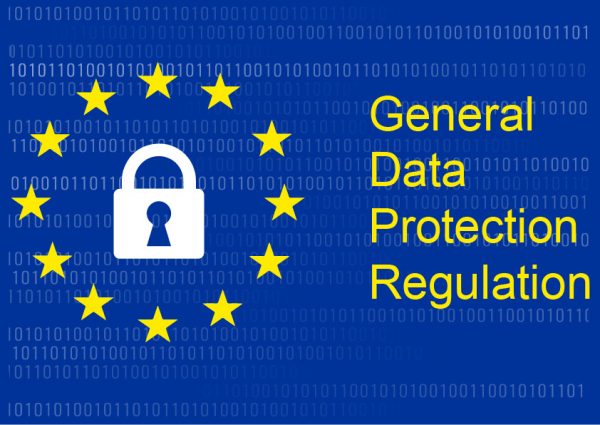You might have received many emails from different websites saying they updated their privacy policy. It was due to the implementation of GDPR. Many websites also used popups to indicate that they complied with the General Data Protection Regulation of the EU. What is GDPR? This article gives you GDPR summary and methods for compliance.
What is GDPR

What is European Charter of Fundamental Rights?
Before we understand what GDPR is, we need to know that the European Union guarantees the same fundamental data protection to all residents of EU – be they be interacting with websites located in the European Union or websites outside of EU.
This comes from the European Charter of Fundamental Rights (EUCFR) which has laws regarding many other rights of European citizens – such as the right to education, right to property, right to asylum, right to marriage, among other things (rights). The same charter takes care of data protection of European consumers of the Internet. GDPR is based on the charter’s notion that every citizen has the right to protection of their data.
GDPR is EU General Data Protection Regulation. The R in GDPR also stands for Reforms in some cases as it brings in tweaks to existing laws on data protection to better protect EU citizens. And the EUCFR really means that the protection of data of citizens of EU should be the same across the world. So, if you think your business is outside EU and the law doesn’t apply to you, you are wrong. You too have to comply with the EU’s GDPR. We will talk about GDPR compliance in a while.
The GDPR was adopted in EU Parliament with a good majority in May 2016. This was supposed to be implemented by May 25, 2018. That means webmasters and online business owners were given two years to comply with the GDPR. That was when they started rolling out emails and popups saying their privacy policies were updated.
GDPR Summary
According to EU Charter of Fundamental Rights, Directive 2016/680, the GDPR can be summed up as follows:
The directive (GDPR) protects (EU) citizens’ fundamental right to data protection whenever personal data is used by criminal law enforcement authorities. It will in particular ensure that the personal data of victims, witnesses, and suspects of crime are duly protected and will facilitate cross-border cooperation in the fight against crime and terrorism
For more information on how the GDPR aims to fight crime and terrorism, read this PDF
The summary of GDPR is that the different sets of directives relating to data protection and data theft in EU have been arranged into one act to protect the overall interest of the users. This has two major clauses. The websites have to inform the users what all data they are storing. If the user wants his data to be removed (if the user opts out), the websites should cease from collecting any data about that user. This applies to online services (websites) all over the planet and not just the ones in the European Union.
GDPR Compliance – Is your organization ready for it?
To make sure that the GDPR is implemented properly, an independent EU body called European Data Protection Supervisor has been formed. This body takes cares of any violations and deals with both the webmasters and the criminal investigating agencies.
As said earlier, many organizations think they are based out of the EU and are exempt from the GDPR. But it is not so. They too have to comply. Here is a list of things to do to make sure your organization is readily complying GPDR.
- Make a list of sources from you are collecting data; it could online shopping sites, normal support sites, online tracking; online marketing, etc
- Check to see if the data being collected is being done so with the consent of the users; that means there should be a way to let users know that you are collecting data and explain what all data you collect and why
- Check the database and see if your customers have consented to the collection of their information; if not consented already, send them an email or present them with an online popup when they go to your site for obtaining their consent
- In the mail or privacy policy popup, include a link to detailed privacy policy; the privacy policy should be written properly to let the average (non-legal) users know what is happening when they are on your site
- There should be a cookie consent form or popup on your website where you tell users that you are collecting their information
The above list should help you get ready. You have to display it to users only in EU, but there is no harm in displaying it to everyone. For example, blogger sites show the GDPR compliance notice only if a person from EU accesses the blogs hosted on Blogger. For WordPress, here is how to create a WordPress GDPR compliance notice.
WARNING: Due to fear of social engineering, it is advised that you do not click links in any email until you are sure that it is a legitimate email. If in doubt, type the website URL in the browser address bar and navigate to Privacy Policy.
READ NEXT: What is Digital Sovereignty?
Leave a Reply